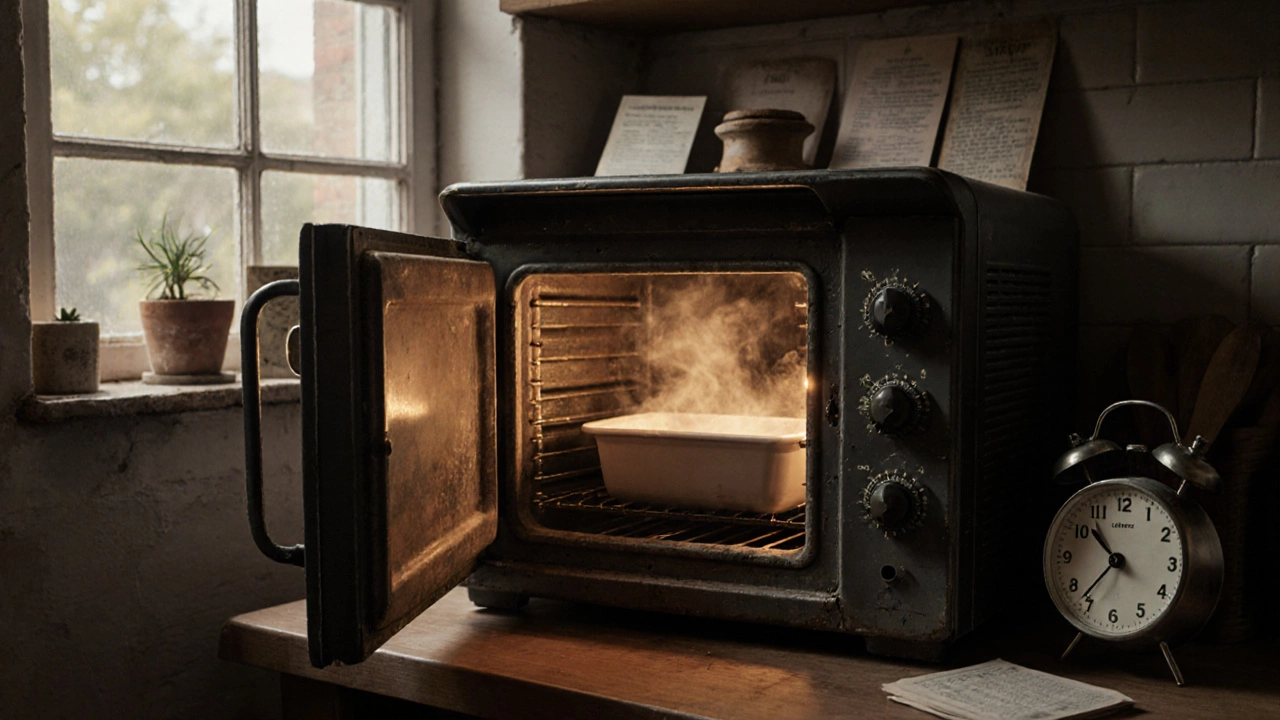When you're trying to fix 20 year old oven, you're not just dealing with a broken appliance—you're weighing money, safety, and practicality. An oven that’s two decades old has already outlived the average lifespan of most models, which is 13 to 15 years. But that doesn’t mean it’s dead yet. Many older ovens were built with thicker metal, simpler electronics, and parts that could be replaced instead of tossed. The real question isn’t whether it can be fixed—it’s whether it should be.
Common issues in aging ovens usually come down to three things: a heating element, the coil that generates heat inside the oven cavity, a failing control board, the digital brain that manages temperature and timing, or a worn-out thermostat, the sensor that tells the oven when to turn heat on or off. These aren’t rare failures—they’re routine. In fact, over 60% of oven repairs we do in Taunton are on units older than 15 years. The parts for these models are still available, and replacing a heating element costs as little as £30. Labor might run £80-£120. That’s far less than a new oven, which can hit £500 or more.
But here’s the catch: if your oven’s control board is fried, or if it’s throwing error codes you can’t find in the manual, you’re looking at a bigger bill. And if you’ve already replaced the element once in the last five years, or if the door seal is cracked and heat leaks out, you’re paying to keep an inefficient machine running. Older ovens use 20-30% more energy than modern ones. That adds up over time. Plus, safety becomes a concern. Faulty wiring, rusted components, or worn insulation can lead to overheating or even fire risk. You don’t need to panic—but you do need to ask: is this repair a fix, or a temporary bandage?
There’s no one-size-fits-all answer. If your oven still heats evenly, the buttons work, and the repair cost is under half the price of a new unit, fixing it makes sense. If it’s slow to heat, the temperature’s off by more than 25 degrees, or you’ve had three repairs in two years, it’s time to think about replacement. We’ve seen families keep their 20-year-old ovens for another five years after a simple element swap. We’ve also seen others spend £200 on repairs only to break down again two months later.
Below, you’ll find real repair guides from local technicians who’ve fixed hundreds of these aging ovens. You’ll see how to test a heating element with a multimeter, what error codes mean on older models, why control boards fail, and when it’s smarter to walk away. No fluff. No upsells. Just what actually works on ovens that have seen decades of use.
Posted by
Orin Trask
0 Comments

Is it worth fixing a 20-year-old oven? Learn the real costs of repair vs. replacement, energy savings, when to walk away, and what to look for in a new model. Practical advice for homeowners in New Zealand.
read more